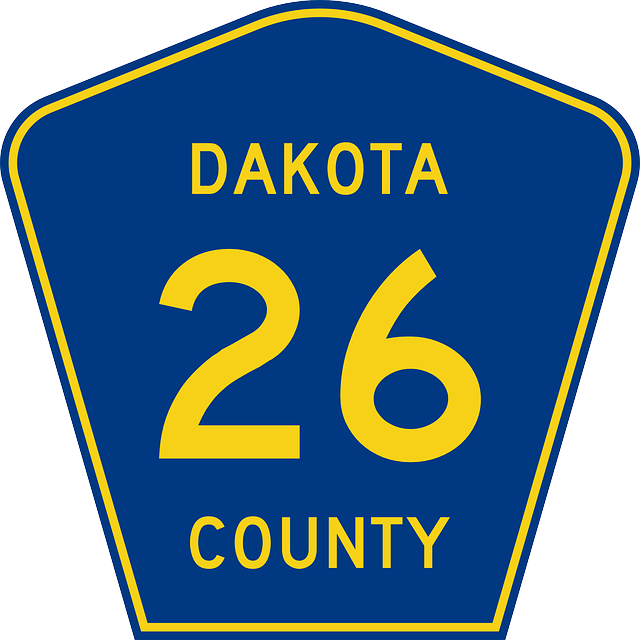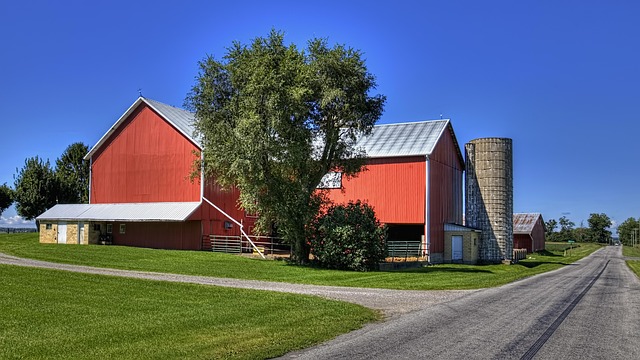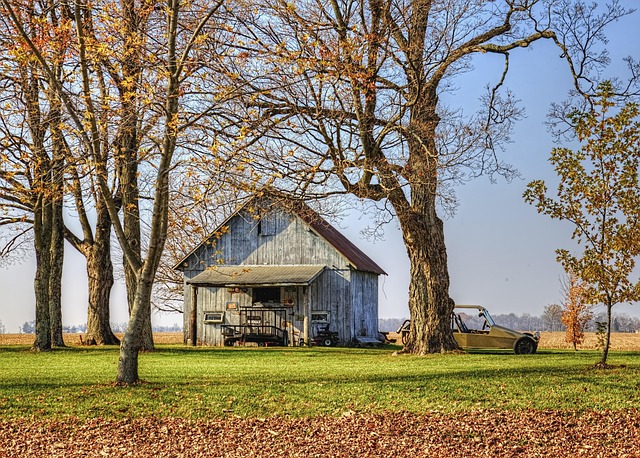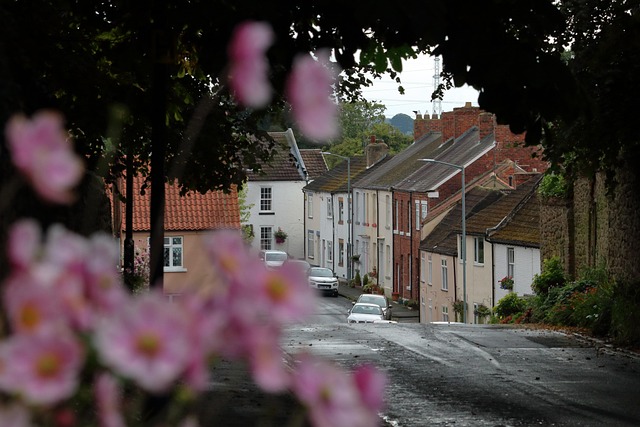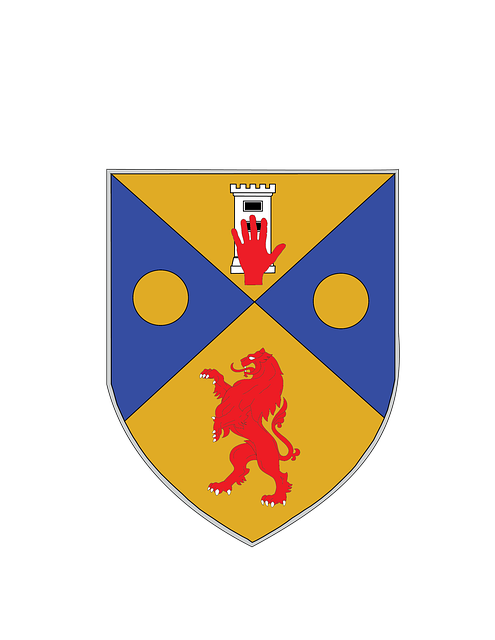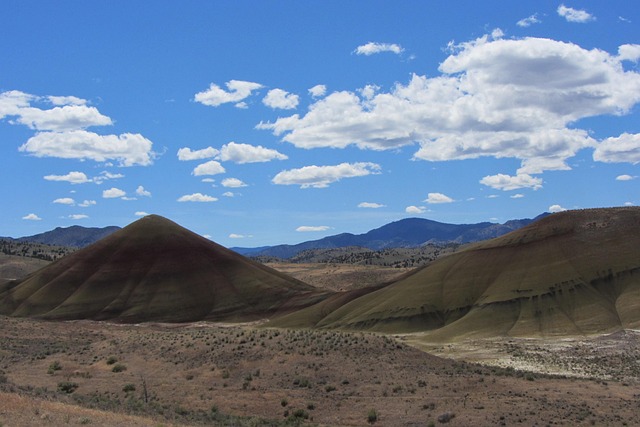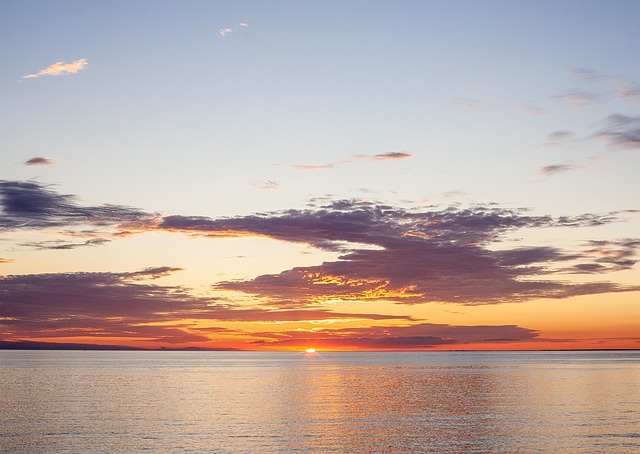Desert cities have become popular destinations for sports enthusiasts due to their year-round sunny climate and diverse outdoor activities. Their real estate markets reflect this, with properties near stadiums and sports complexes commanding premium prices. Local sport traditions are deeply embedded in communities' cultural identities, influenced by the expansive landscapes that encourage endurance running and camel racing. Real estate developers create captivating communities by integrating cultural events and outdoor sports activities, making these desert spaces desirable for those seeking a unique blend of tranquility and cultural vibrancy.
In the heart of arid landscapes, desert cities have blossomed into vibrant hubs where sports and culture intertwine, offering a unique lifestyle experience. The athletic culture of these metropolises attracts sports enthusiasts from around the globe, with diverse traditions reflected in their real estate. From stadium-adjacent neighborhoods to community centers, local sport customs shape the very fabric of these cities, making them magnets for those who crave an active lifestyle. Explore how desert real estate not only accommodates but also celebrates and sustains this dynamic interplay between sports and culture.
The Athletic Culture of Desert Cities: A Magnet for Sports Enthusiasts
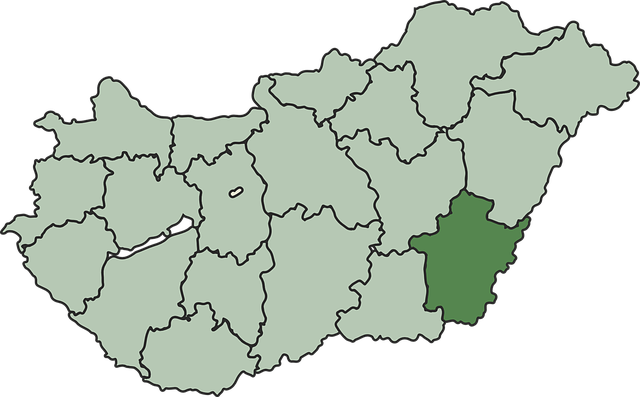
Desert cities have emerged as magnets for sports enthusiasts, boasting an impressive athletic culture that is reflected in their vibrant real estate markets. These urban oases offer a unique blend of outdoor adventures and dynamic sporting events, attracting active individuals seeking both thrilling recreation and desirable places to call home. From professional sports teams to world-class training facilities, the desert landscape provides an idyllic backdrop for athletic pursuits.
The year-round sunny climate allows for diverse outdoor activities, from marathon trails and cycling paths to golf courses and water sports. This rich sporting environment has fostered a community of passionate athletes and fans, driving real estate trends towards areas with strong sports infrastructure. Properties near stadiums and sports complexes often command premium prices, reflecting the allure of living in close proximity to these vibrant hubs of athletic activity.
How Desert Real Estate Reflects and Influences Local Sport Traditions
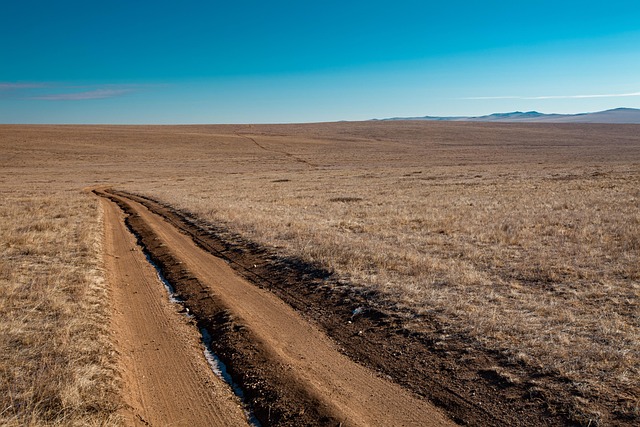
In many desert regions, real estate development has a profound impact on local sport traditions, reflecting and shaping communities’ unique cultural fabric. The vast, open spaces of deserts naturally lend themselves to sports like endurance running, camel racing, and various outdoor activities that thrive in such environments. As such, the layout and design of desert real estate often incorporate these traditional sports into the local lifestyle. For instance, residential areas may feature ample green spaces and parks, providing venues for community sporting events and fostering a culture of active participation.
Moreover, the real estate market’s focus on sustainable and off-grid living can enhance certain sport traditions. The need to be self-sufficient in desert environments encourages outdoor pursuits like hunting, fishing, and survival skills training, which become integral parts of the local sports scene. Thus, the interplay between desert real estate and cultural sports traditions creates a symbiotic relationship, where housing developments not only accommodate but also perpetuate and celebrate the region’s distinctive athletic heritage.
Integrating Cultural Events and Sporting Life in Arid Landscapes: A Unique Lifestyle Experience
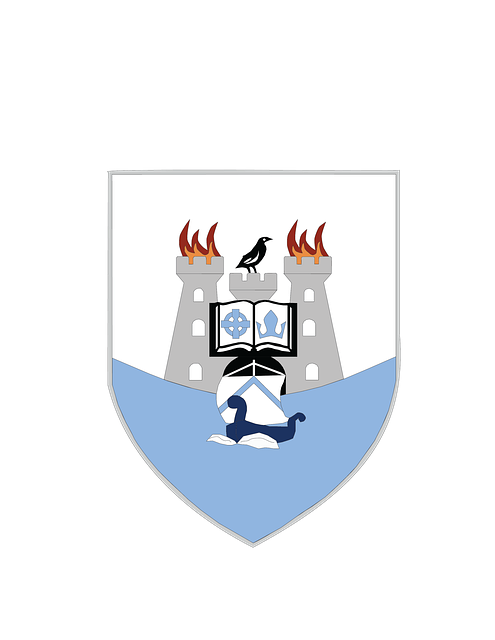
In arid landscapes, where real estate offers vast open spaces and unique natural beauty, integrating cultural events and sporting life creates a captivating lifestyle experience. These regions often host vibrant festivals celebrating local heritage, music, and art, which seamlessly blend with outdoor sports activities like hiking, cycling, and horse riding. Such integration enriches the community, attracting both locals and visitors who appreciate the harmonious blend of culture and nature.
Real estate developers play a crucial role in fostering this synergy by designing neighborhoods that encourage community engagement. Open-air amphitheaters, public art installations, and multi-purpose sports facilities become communal hubs where people gather for cultural events and sporting contests, fostering a strong sense of belonging. This unique lifestyle experience not only enhances the quality of life but also positions these desert living spaces as sought-after destinations for those seeking a blend of tranquility and cultural vibrancy.
